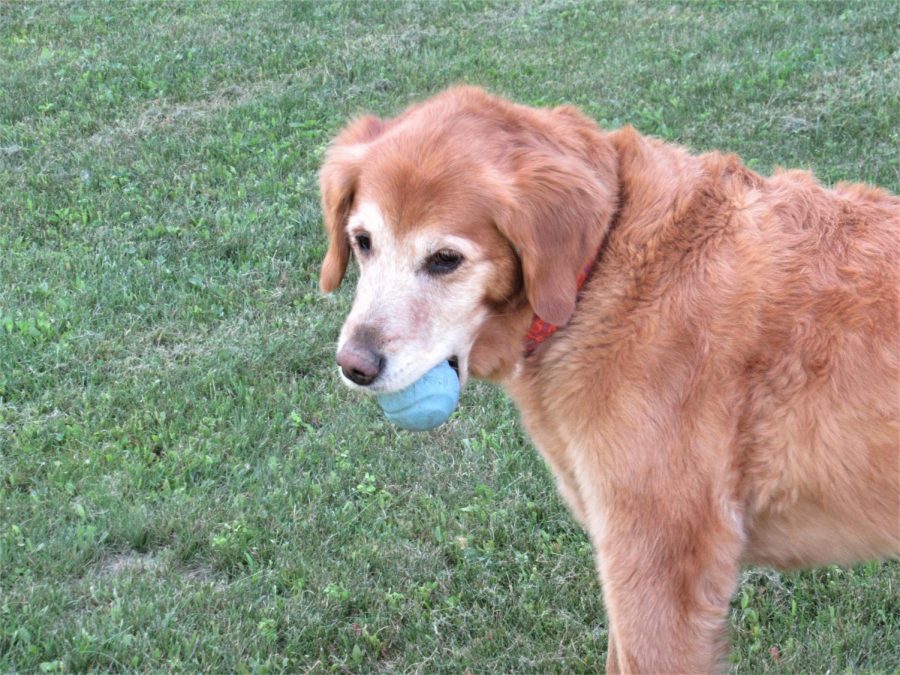Finding a vet for your pet might take a while
Molly, the sweet, sweet dog
Since the start of the COVID-19 crisis, nearly one in five households as acquired a new dog or cat according to research done by the ASPCA. Since a vast majority of Americans were either unemployed or working from home, many people decided it was the ideal time to take on the responsibility of a new furry friend.
With a boom in new pets, getting them the initial veterinary care they need can be tedious and time-consuming. Emergency care facilities such as the Burlington Emergency Veterinary Specialists (BEVS) are experiencing average wait times of upwards of 8 hours, and some primary care vets are booking two months out for new clients.
“This is not necessarily just a pandemic problem,” says Dr. Josephine Raezer of Shelburne Veterinarian Hospital. “I have friends that practice in different areas, primarily in Arizona (and) California, it seems like everyone’s busier than ever. So, granted three states – Arizona, California, Vermont – are not the whole world, but that is a trend, just veterinarians being busier, as well.”
Although Shelburne Veterinarian Hospital is still accepting new clients, it is still taking about two weeks for a new pet to be seen by the doctor. “I would say we make exceptions all the time,” said Raezer. “I just had a patient the other day who had a swollen toe and she was new and she had an appointment for two weeks from now, but she obviously had an issue sooner so we try to accommodate that.”
Tanneberger Veterinary Hospital in St. Albans has also experienced a boom in business recently. “Our workload has practically doubled,” said Veterinary Technician Kelley Lee. “We are still accepting new clients, but we have definitely been impacted by this shortage.”
On Sept 9. the American Veterinary Medical Association published an article titled “A day in the life of an emergency veterinary clinic.” Malinda Larkin, senior news editor for AVMA and also the author of the article, uses this article to discuss the impacts of COVID on the veterinary field.
“Pre-COVID, the veterinary profession had already been dealing with staff turnover, productivity and efficiency problems,” Larkin said. “Now those matters have become exacerbated with delayed client visits and pent-up consumer demand. According to national data from the analytics company VetSuccess, appointments in veterinary practices are up 4-6% overall, which is healthy albeit not skyrocketing growth.”
The increase in demand is what the veterinarian offices in Vermont, as well as in other states, are experiencing.
“This healthy growth in visits, coupled with additional productivity declines related to COVID-19 and increased staff turnover, has impacted workloads and created an overall sense of business.”
Some pet owners have even noticed the increased demand for veterinarians. “I had a list of about five vets that I was going to call to get an appointment,” said first-time pet owner Sophie Forest. “I ended up calling close to ten and only two were accepting new patients.”
“They were all for appointments in mid-October, too!” continued Forest, recounting the vet-hunting process. “I literally called when my puppy was 2 weeks old.”
The process for finding a new vet is not always an easy one, and finding one you can trust can be even more difficult.

First year student from Orlando, FL.
Working on her second bachelors.
Love poetry, anime, and her dog (mostly her dog).
Dreams of living in a van.



